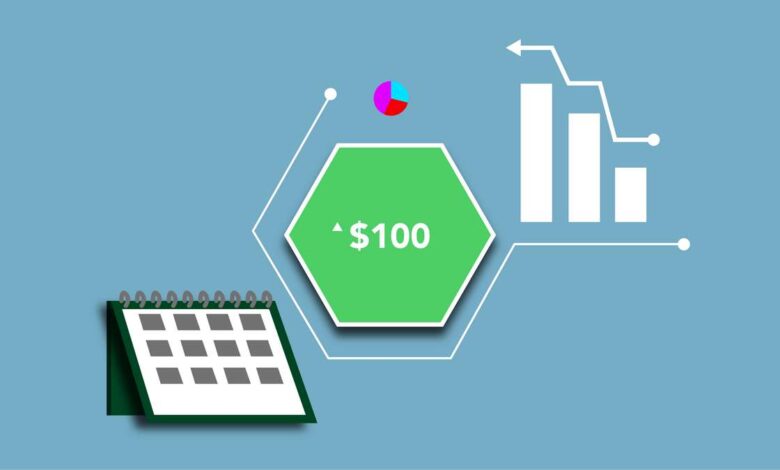Understanding the Different Types of Savings Bonds

Savings bonds are commonly suggested as a way to invest in the future. They offer low-risk investments, which could be a helpful tool for helping you reach your long-term financial goals. But don’t think they’re all that simple just yet – it’s important to understand that there are different types of savings bonds available, each with certain benefits and drawbacks to know just what to expect.
Are you ready to learn more about savings bonds? Keep reading to find out more.
Exploring the different types of savings bonds
Savings bonds are a great way to save money for the future. They are low-risk investments that can be purchased from the U.S. Treasury Department and come in two main types: Series EE and Series I bonds.
Series EE bonds are fixed-rate savings bonds, meaning they have a guaranteed rate of return over their lifetime. The interest rate is set when you purchase the bond and remains fixed until it matures after 30 years.
The fixed rate of return on Series I bonds is also changed every six months in accordance with inflation rates. Both varieties of savings bonds have tax benefits because the interest earned is excluded from federal, state and local taxes; but, depending on your income level, federal taxes may still be due.
Additionally, both varieties of savings bonds have a one-year redemption period and are free of charges or penalties.
Considerations to make when comparing interest rates on different types of savings savings bonds
It is of utmost importance to take the type of bond, the period to maturity and the state of the market into account when evaluating interest rates on various savings bond types. For instance, due to their lower risk, Treasury bonds often offer greater interest rates than corporate bonds.
Along those lines, because investors who want a consistent income stream over a longer time frame find longer-term bonds more appealing, they tend to have higher interest rates than shorter-term bonds.
Evaluating market conditions for different types of savings bonds
Considering current market conditions when comparing interest rates on different types of savings bonds is also of utmost importance. If the economy is strong and inflation is low, then bond yields may be lower than usual as investors are less likely to take risks with their investments.
On the other hand, if economic growth is slowing or inflation is rising, then bond yields may be higher as investors seek out safer investments with higher returns.
In conclusion, knowing the differences between the two basic types of savings bonds mentioned above can help you make an informed decision about which type best suits your financial needs and goals.